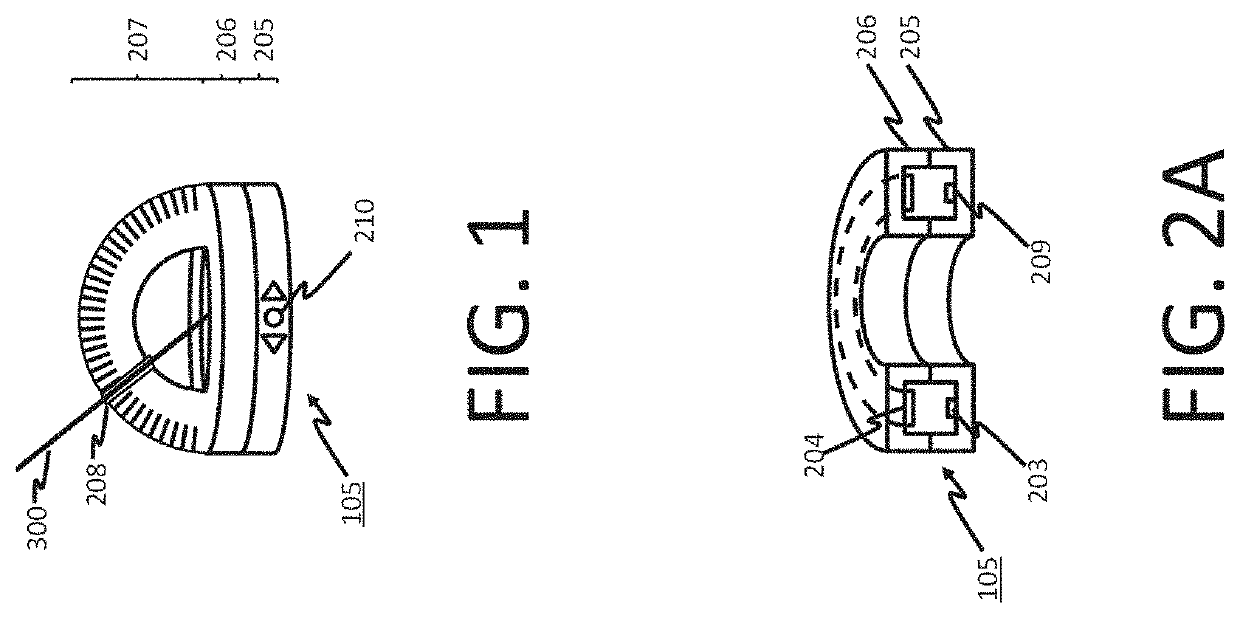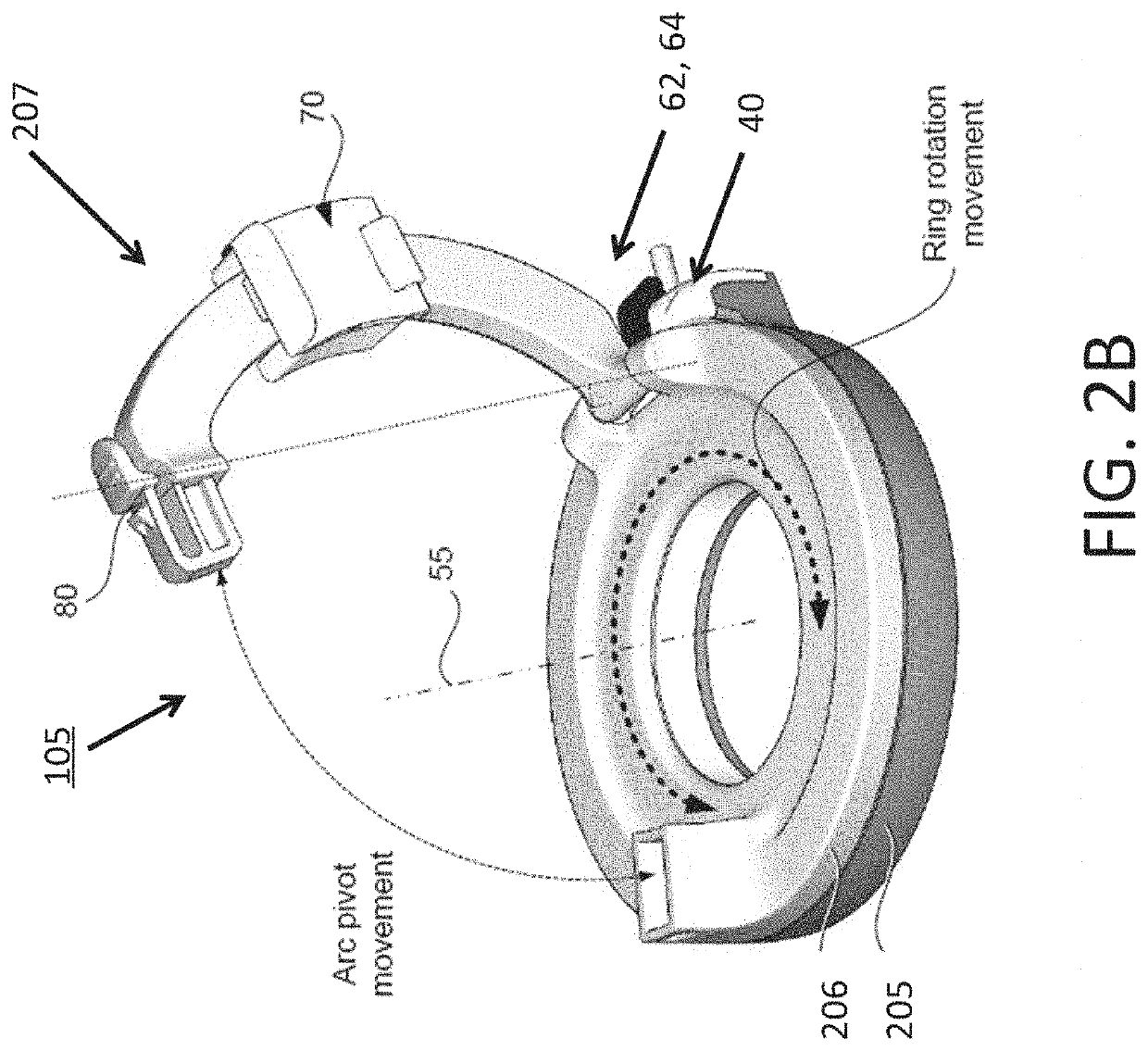Visualization and manipulation of results from a device-to-image registration algorithm
a technology of image registration and visualization, applied in the field of optical imaging, can solve the problems of a lot of variables, a lot of planning for ablation, and rarely good diagnostic imaging, and achieve the effect of optimizing the registration
- Summary
- Abstract
- Description
- Claims
- Application Information
AI Technical Summary
Benefits of technology
Problems solved by technology
Method used
Image
Examples
Embodiment Construction
[0048]One or more devices, systems, methods and storage mediums for performing guidance for needles or probes and / or for visualization and manipulation of result(s) from device-to-image registration are disclosed herein. In one or more embodiments, the configurations, methods, apparatuses, systems and / or storage mediums may be combined to further enhance the effectiveness in guiding the needles or probes, including using one or more methods for visualization and manipulation of results from device-to-image registration to improve or optimize placement of the needle(s) and / or probe(s). Several embodiments of the methods, which may be carried out by the one or more embodiments of an apparatus, system and computer-readable storage medium, of the present disclosure are described diagrammatically and visually in FIGS. 1 through 14.
[0049]In accordance with at least one aspect of the present disclosure, at least one embodiment of a device for guiding needles or probes, and for performing v...
PUM
 Login to View More
Login to View More Abstract
Description
Claims
Application Information
 Login to View More
Login to View More - R&D
- Intellectual Property
- Life Sciences
- Materials
- Tech Scout
- Unparalleled Data Quality
- Higher Quality Content
- 60% Fewer Hallucinations
Browse by: Latest US Patents, China's latest patents, Technical Efficacy Thesaurus, Application Domain, Technology Topic, Popular Technical Reports.
© 2025 PatSnap. All rights reserved.Legal|Privacy policy|Modern Slavery Act Transparency Statement|Sitemap|About US| Contact US: help@patsnap.com



